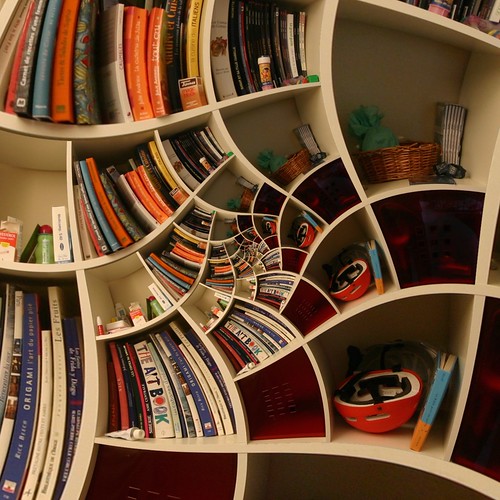What is Tilt shift photography
Tilt-shift photography refers to the use of camera movements on small- and medium-format cameras; it usually requires the use of special lenses.
"Tilt-shift" actually encompasses two different types of movements: rotation of the lens relative to the image plane, called tilt, and movement of the lens parallel to the image plane, called shift. Tilt is used to control the orientation of the plane of focus (PoF), and hence the part of an image that appears sharp; it makes use of the Scheimpflug principle. Shift is used to change the line of sight while avoiding the convergence of parallel lines, as when photographing tall buildings.
In many cases, "tilt-shift photography" refers to the use of tilt and a large aperture to achieve a very shallow depth of field. Know More
Top Los Angeles wedding photographer Donald Norris explains the use of tilt shift photography for selective depth of field control
Photography: Using a tilt shift lens
Master photographer Tony Sweet demonstrates how to use a tilt shif lens on a river bed to get razor sharp focus from top of the frame to the bottom.


















































